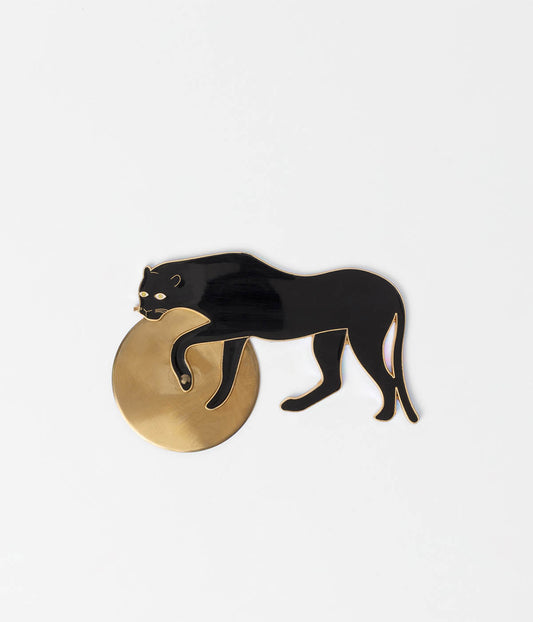
How to Recognise Dog Body Language
Marie DuchessHave you ever wondered what your furry friend is trying to tell you? Dogs communicate through their body language, and understanding their cues can help you build a stronger bond with your pet. In this blog post, we will explore the different ways dogs express themselves and how you can recognize their body language.
What does a wagging tail mean?
A wagging tail is often associated with a happy dog, but it's important to pay attention to the context. A loose, wide wag usually indicates a friendly and relaxed dog. On the other hand, a stiff, high wag may signal aggression or fear. Take note of the position of the tail as well. A tucked tail between the hind legs usually indicates fear or submission.
How can you tell if a dog is anxious or stressed?
When a dog is feeling anxious or stressed, they may exhibit certain behaviors. Look out for signs such as pacing, panting, yawning, or excessive drooling. Some dogs may also try to hide or seek comfort from their owners. If you notice these signs, try to create a calm and safe environment for your dog.
What does it mean when a dog shows their teeth?
While it may be alarming to see a dog baring their teeth, it doesn't always mean aggression. Dogs may show their teeth as a sign of submission or fear. It's important to consider the overall body language of the dog and the context of the situation. If a dog is growling or displaying other aggressive behaviors along with showing their teeth, it's best to give them space and avoid any confrontations.
How can you tell if a dog is comfortable or relaxed?
A relaxed and comfortable dog will have a loose body posture. Their ears will be in their natural position, neither pinned back nor forward. Their mouth will be slightly open, and they may have a soft gaze. A dog that is comfortable and at ease will often approach you with a wagging tail and may even lean into you for affection.
What are the signs of fear or aggression in dogs?
When a dog is feeling fearful or aggressive, they may display certain warning signs. These can include raised hackles, a stiff body posture, a fixed stare, and a tense mouth. The dog may also growl, bark, or lunge. It's important to respect these warning signs and give the dog space. If you encounter an aggressive dog, it's best to seek professional help from a dog trainer or behaviorist.
By understanding and recognizing dog body language, you can better communicate with your furry friend and ensure their well-being. Remember to always approach dogs with respect and give them the space they need. Building a strong bond with your dog is a lifelong journey, and learning their language is an essential part of it.













